As a tree nut allergy sufferer, I’ve learned to live without some of the world’s favourite foods.
To the shock and horror of Italians everywhere, I shrug my shoulders at Nutella and make pesto with sunflower seeds. Almond milk and traditional walnut-speckled carrot cake have never grazed my palate, and that is fine by me. After a brush with anaphylaxis, I had to give up on Indian malai kofta with its creamy cashew paste. I’ve made peace with it.
Pecan pie, however, remains among a small pantheon of foods that elude my resistance – nut-based recipes that I feel compelled to appreciate vicariously through friends and loved ones, the dishes I vow to finally savour one day. When I’m straddling death’s door, I hope to have a mouthful of pecan pie.
There’s something about the combination of a crispy, nutty exterior and oozy interior, all encased in a perfect buttery pie crust that is impossible to ignore.
Southern Through And Through
Pecan pie is a unique invention of the American South.
Native to North and Central America, pecans were first cultivated by Native Americans. The nuts thrived along the banks of the Mississippi River and were later spread by farmers throughout the American South.
It is thought that “pecan” comes from the French pacane, which in turn was adapted from the Algonquin word pakani, meaning “nut”. But the French can’t take credit for this particular pastry, nor can most parts of the rest of the United States. You might just find a good one from a boutique baker in New York, or a hipster LA pie place, but few pecan pies made outside of the South fall into the category of “best I’ve ever had”, at least from what I’ve heard. I’m inclined to believe it.
Pecans truly flourish south of Illinois, and can be expensive to source fresh elsewhere in the country. Texas and Louisiana specifically lay claim to the pie’s place of origin.
David Guas, Louisiana-born chef, James Beard book finalist and owner of Bayou Bakery, Coffee Bar & Eatery in Arlington, Virginia, swears by his home state’s pecans, which he attributes to the humidity, as much of Louisiana lays below sea level. The state’s ties to pecan growing are deep-seated; in fact it was New Orleans, as a bustling hub on the Mississippi River, that launched Pecan distribution to other parts of the country.
Texans, on the other hand, claim responsibility for the original recipe, which is also the official dessert of the state. One the first printed recipes for pecan pie was submitted to a church charity cookbook in the late 1890s, supposedly by a Texas woman. Several more would follow.
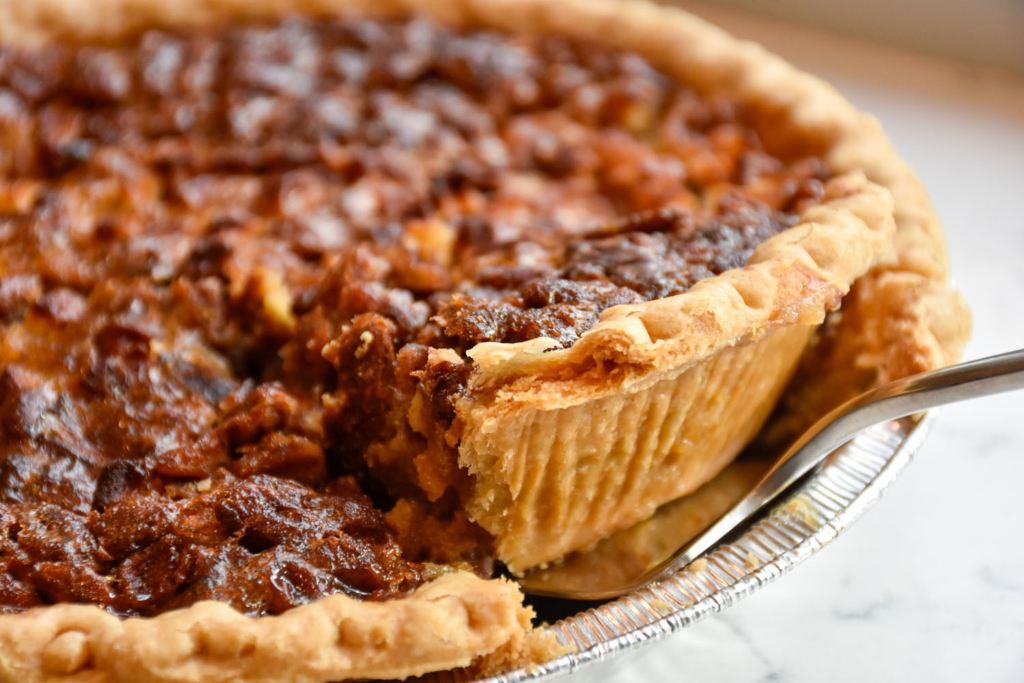
Sweet As Pie
The original recipe was likely made from sugar cane syrup, but was largely popularised with the advent of Karo brand corn syrup, which published a recipe for the pie on their bottles. Since the 1920s, pecan pie has been made with the now much-maligned corn syrup, and belongs to the family of “sugar pies” – their common factor being a filling made from sugar or sugar syrup, eggs and butter. Other examples include chess pie and shoofly pie.
When it comes to Southern soul food, various forms of sugar syrup, especially blackstrap molasses and sorghum syrup, must be acknowledged as staples at the heart of the cuisine. This puts Southern bakers at an advantage, as they are far less likely to feel compelled to modify the recipe for modern “healthy” standards.
As Mississippi native and food writer Mary Foreman suggests in her recipe, the secret to a good pecan pie is to avoid substitutions. Variations on the theme, like the addition of bourbon whiskey, chocolate chips or both (oh my!) are absolutely allowed, if hallowed in some cases. But a proper pecan pie is all about the classic ingredients.
Building The Perfect Pecan Pie
The gooey butter-based filling can be a little runny before it’s baked, so a sturdy and pliable crust is key.
Begin with lard or vegetable shortening and combine with flour, salt and water. You can also use butter, which yields an even flakier crust, but it might also crumble under the weight of its hefty filling. For an all-butter crust that stands up to the requisite gooey custard filling, check out this recipe from Jocelyn Delk Adams of Grandbaby Cakes. Delk Adams is a hugely popular author and food blogger who takes inspiration from her Mississippi grandmother, Big Mama. As she explains in her pie recipe: “The crust should be buttery, flaky, not too crumbly and just the right level of thickness. Let’s be honest, we want a lot more filling than crust here, people.”
Another secret is to keep the crust ingredients as cold as possible – even the flour. This keeps fat from melting during the kneading part of the process, so that tiny clusters will form inside the dough and melt in the oven, which results in a flaky consistency. Cold temperatures also reduce the formation of gluten in the crust, which will keep your dough tender and easier to roll out.
Fill ‘Er Up
To the untrained eye, pecan pie may appear to be drizzled or topped in pecans, which are then toasted during some final moments under the broiler. In reality, the nuts – either halved or chopped – are part of the liquid filling. While the pie is in the oven, they slowly rise to the top, drenched in sugary syrup that caramelises in the heat. Foreman recommends chopping the nuts, which also makes it easier to slice the pie.
The filling is made from your choice of sweet syrup, eggs, butter, flour and nuts. Corn syrup is the most common, but cane syrup has a stronger, darker flavour, as does molasses. Some cooks use a combination. Vanilla is optional, as is bourbon or chocolate.
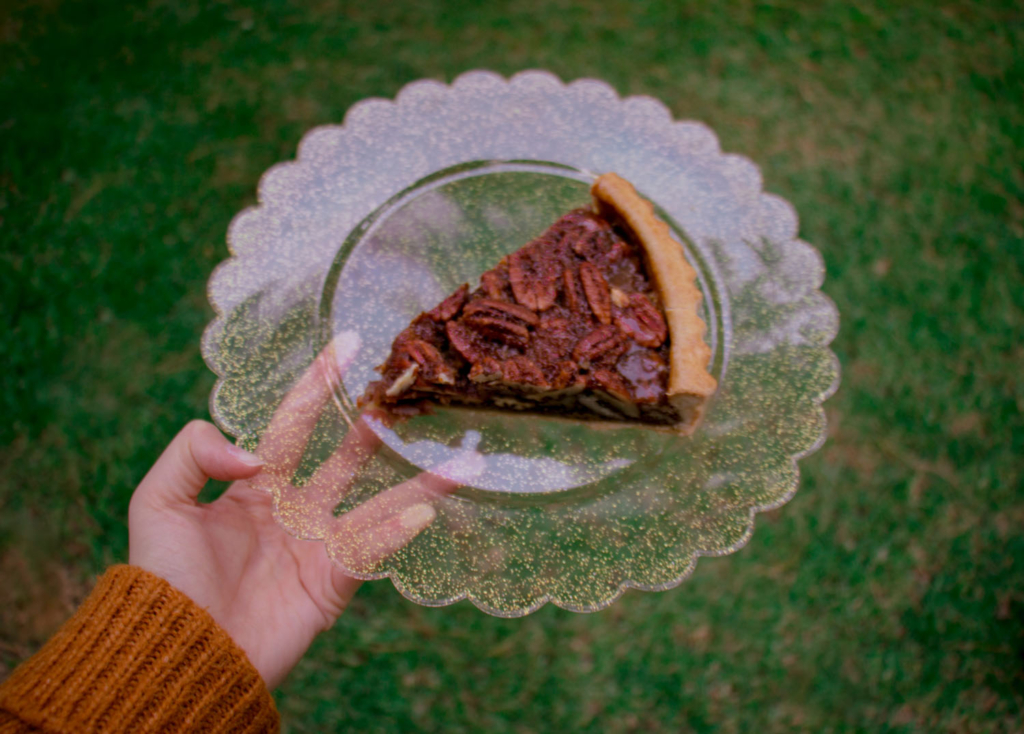
Whisk the ingredients together and pour into your crust, then bake at 178 degrees Celsius (350 degrees Fahrenheit) for just under an hour, or until a knife inserted into the centre of the pie comes out clean.
If you find your pie needs more time to solidify, Foreman suggests covering the edges with tin foil or a pie crust shield. You can find these online or at bakery supply shops; they’re essentially aluminium or silicone rings designed explicitly to protect pie crust from burning.
Allow the pie to cool completely, ideally room temperature, so that the custard filling has time to properly set. Serve alone, or topped with a dollop of whipped cream or vanilla ice cream.
I’m looking forward to someone bringing a pecan pie to a holiday gathering this year. As always, they’ll apologise for forgetting about my allergy, but I’ll gladly slice it up and serve it, slightly reheated, and happy for a whiff of this fragrant, forbidden pleasure.

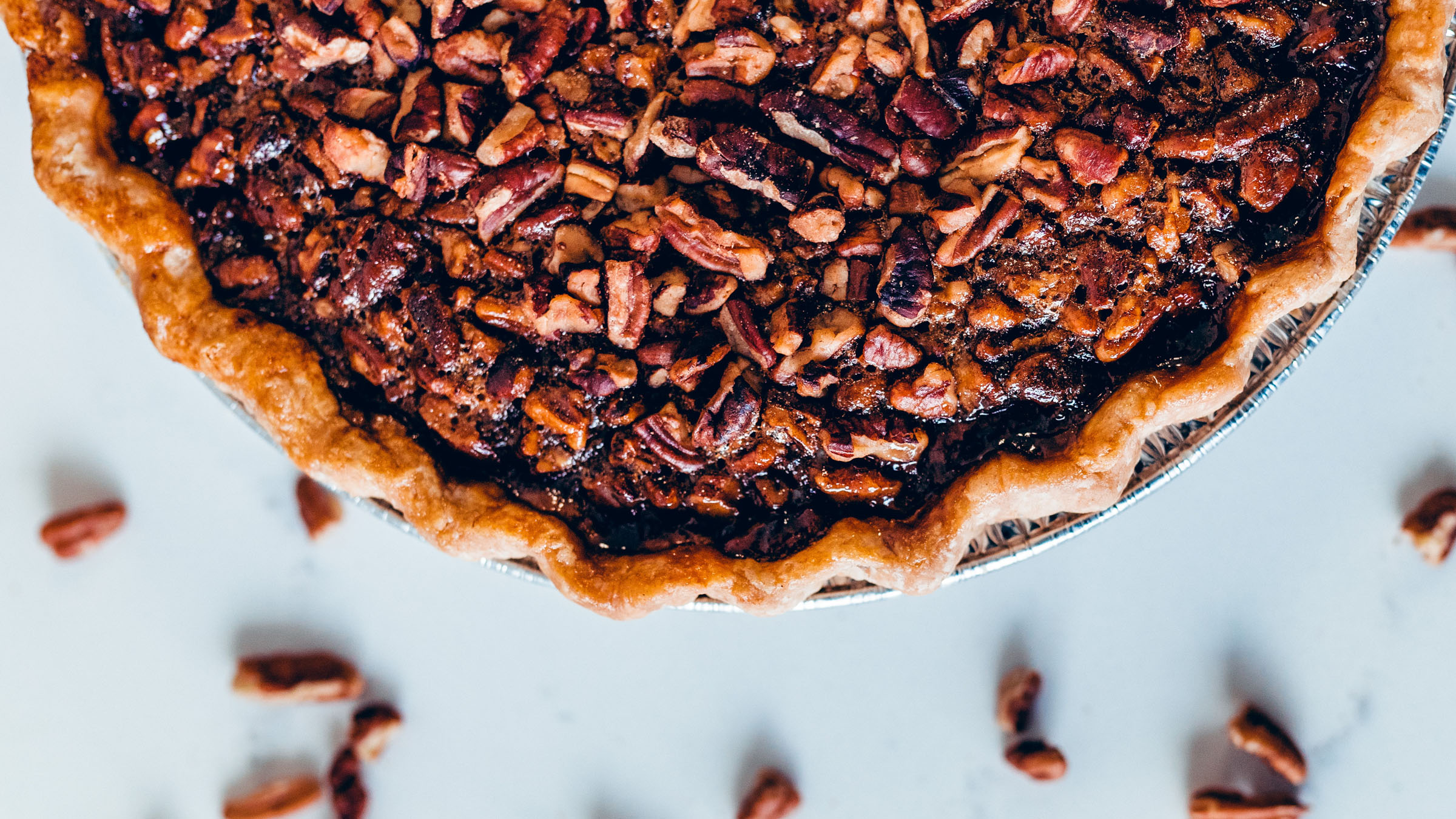
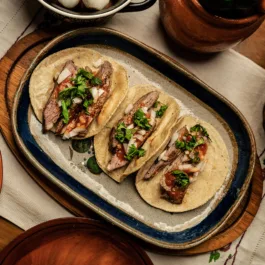
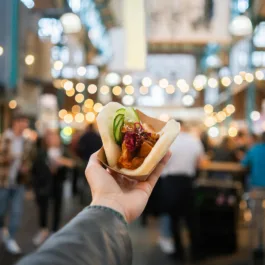
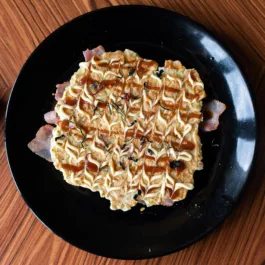

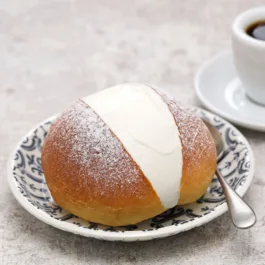
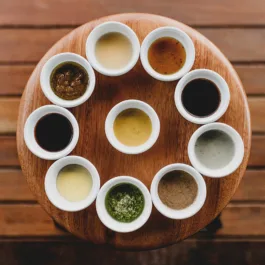

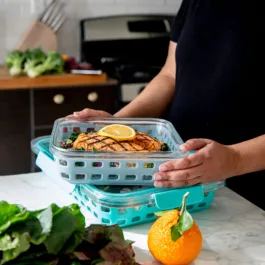
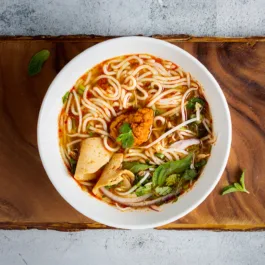
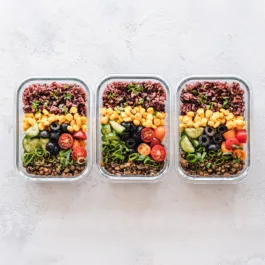

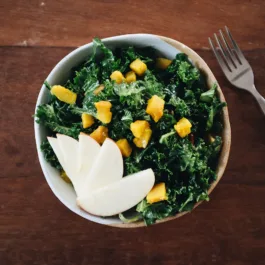
Sorry, the comment form is closed at this time.